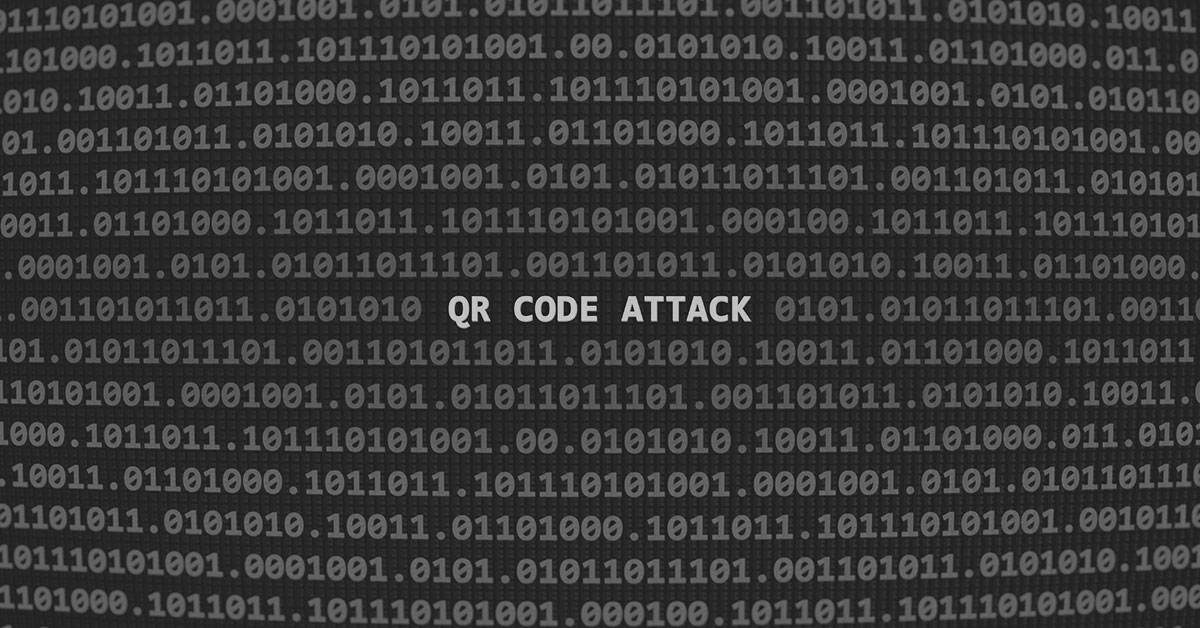- My favorite portable vinyl player is perfect for summer trips, and it's discounted
- Threat Actors Weaponizing Hardware Devices to Exploit Fortified Enviro
- Cybersecurity Face-Off: CISA and DoD's Zero Trust Frameworks Explained and Compared
- Beyerdynamic's DT 990 Pro headphones get a refresh, promising portability without compromise
- How AI is helping PwC clients comply with European Union sustainability regulations
QR Code Phishing –What Is It?

Phishing is a longstanding danger of the digital world that most people are aware of. Whether it happens via email, text message, social media, or any other means, phishing presents a risk to all users. In recent years, the growing popularity of QR codes for all manner of operations has created an environment ripe for cybercriminals to take advantage of. All of the dangers of other sorts of phishing are just as present in the case of QR phishing, and the relative novelty of this particular type of attack means that targets are less likely to be wary of scanning QR codes from unknown sources.
Defining QR Phishing
QR phishing is a form of phishing that takes advantage of quick response (or QR) codes. The attacker, often disguised as a legitimate individual or organization, will send the target a QR code and deceive them into scanning the code for what the target believes is a valid reason. The code then leads the target to wherever the attacker wants them directed, be it a spoofed login page or a landing page that downloads malware.
Like other kinds of phishing, QR phishing can be used in various ways and for various reasons. Depending on the specific desires and means that a bad actor or criminal organization possesses, QR phishing can be deployed via email, text message, or even on paper—anywhere that they can entice users into scanning the code. Cybercriminals use a variety of social engineering tactics to make their targets scan codes quickly and without thinking about it first.
A QR code can direct to whatever kind of page the attacker wants. On a technical level, it does not work exactly the same as phishing that occurs via links or attachments, but from the target’s perspective, it is a similar experience. The only real difference is that rather than being asked to click on a link from an unknown source or download an unexpected email attachment, targets are asked to scan a QR code.
While there are many ways in which bad actors can use their targets’ information, the purpose of most phishing can be broken down into two categories.
- Money: Cybercriminals often send messages containing invoices or even pleas for financial assistance, using deception and social engineering to convince the target to send money urgently.
- Data: Login credentials, personally identifiable information, and other sensitive data obtained through QR code phishing can be profitable for bad actors.
Risks and Dangers
As with other types of phishing, QR phishing can lead to various consequences for individuals and organizations alike. While phishing messages requesting money can mean significant financial losses, stolen data is possibly an even bigger danger. One common tactic is to spoof a multi-factor authentication (MFA) QR code in order to harvest login credentials. If the target has a high enough access level, the use of their login credentials can devastate an organization.
It is also possible for QR code phishing to be a means of delivering malware, including ransomware. Viruses and ransomware are no small danger, especially for organizations that handle a great deal of sensitive data, such as financial services, healthcare institutions, and government entities. If the target organization is not adequately prepared for this type of attack, a single employee falling for a QR phishing attack can lead to losing important data.
Preventing QR Phishing
One of the most essential weapons in any organization’s arsenal against phishing is employee cybersecurity awareness training. In order to prevent a situation where an insider unintentionally allows an attacker to gain access to the organization, employees must be educated on how to detect, identify, and respond to these threats. Essentially, adequate training lowers the chances of an employee taking actions that can cause security incidents, such as scanning unknown QR codes from unfamiliar sources.
Other measures that an organization can take to protect against QR phishing include mandating MFA for employees. This way, there is an additional layer of security stopping bad actors from gaining access, even if they do successfully steal authorized login credentials. Organizations are also encouraged to ensure that all software is up to date and correctly configured to prevent the possibility of cybercriminals taking advantage of security gaps to get away with their attacks.
Conclusion
Phishing is a dynamic type of attack that can lead to the loss of money, sensitive information, and other valuable assets. The use of QR codes to carry out these attacks is a more recent development in a category of attack that has evolved to meet a number of technological trends in the past. Due to the prevalent use of QR codes for a variety of legitimate purposes, such as scanning a QR code to view a digital menu at a restaurant, users are predisposed to trust QR codes, especially if they seem to be coming from a trusted or known source. It is vital for individuals and organizations to prioritize security and avoid scanning unexpected QR codes without due diligence.
Mitigating QR Code attacks necessitates a comprehensive strategy encompassing employee education, robust reporting procedures, and state-of-the-art email security systems. By integrating these tactics, businesses can successfully reduce the vulnerabilities associated with this constantly evolving threat. Learn how Fortra can help today.

